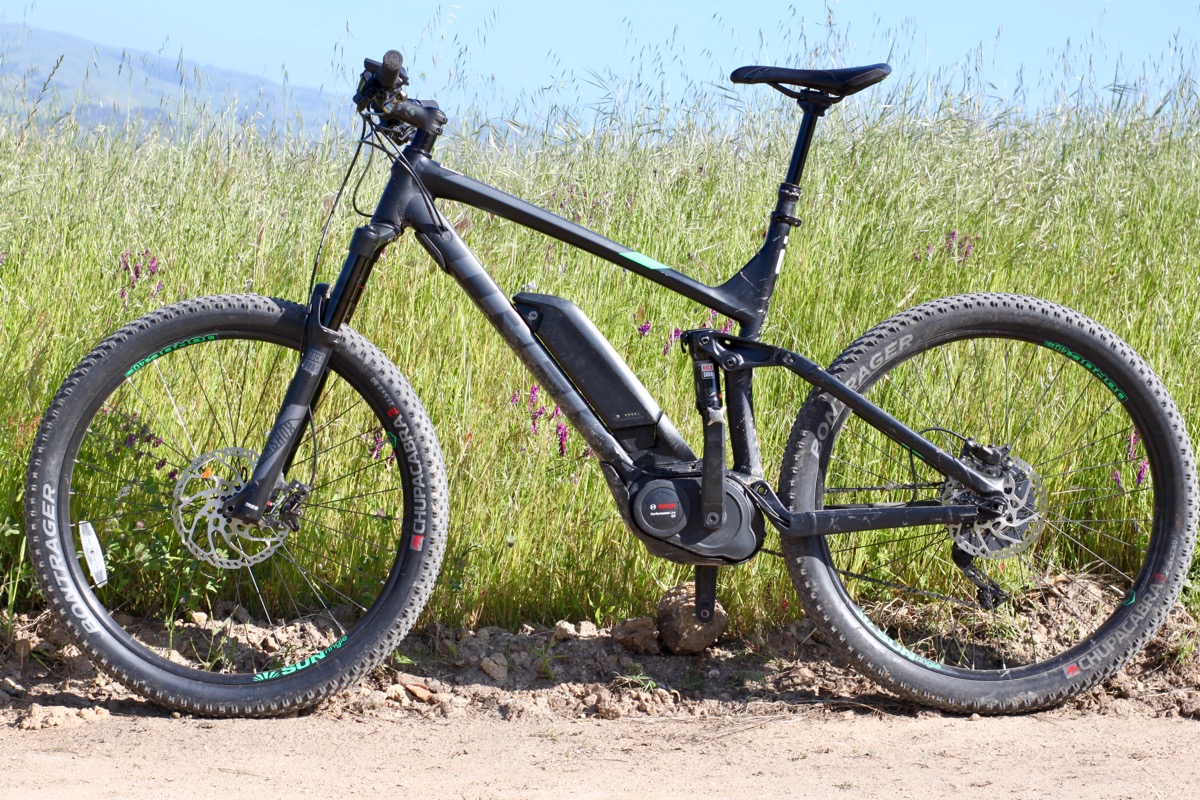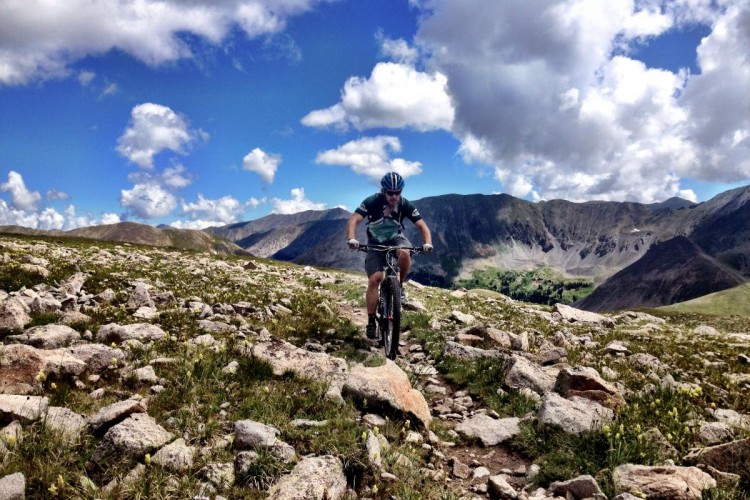
This Saturday, the Bureau of Land Management’s Shoshone, ID field office will partner with two local bike shops to hold an e-bike demo on motorized trails.
The BLM is considering a new travel management plan for the Wood River Valley in south-central Idaho which would re-classify current trail designations and allow Class 1 electric mountain bikes on trails with hikers, horses, and non-motorized mountain bikes.
Currently, the area is managed using three trail designations. The first is for non-mechanized travel and allows only hiking and horseback riding. The second designation adds mountain bikers, but remains non-motorized, and the third adds motorized use for vehicles like dirt bikes and ATVs.
The proposed travel management plan would change the middle designation from non-motorized use to motorized use, but limited to Class 1 e-bikes and below. In other words, the current classification in the Shoshone area that allows hikers, horseback riders, and mountain bikers on a non-motorized trail would also allow Class 1 e-bikes.
“We want to get people out there to try them [e-bikes], to make sure that we’re making the right decision,” said John Kurtz of the Shoshone BLM Field Office in an interview.
Kurtz says he believes there is no difference in how an e-bike and a non-motorized mountain bike impact the trail.
“You’re not spinning out like a dirt bike,” he said.
Class 1 e-bike motors are only functional as a pedal-assist and are limited to speeds under 20mph. Class 2 e-bikes introduce throttles.
“Once you top your 20mph governor out uphill, then you’re pedaling a very heavy mountain bike,” say Kurtz.
Jim Santa of Sturtevants bike shop in Ketchum, ID is supplying some of the demo bikes for the event. In 2017 his shop sold eight e-bikes. This year, they’ve already sold about twice that amount, says Santa, although most of those are made for pavement. He expects to sell more when the trails begin to dry out.
“I think it’s great that the BLM is taking public input,” says Santa. “We’re there because we have the bikes. We’re obviously selling them, but my personal feeling – and I’m not going to have an e-bike on the trail for myself, but I have no problem with other people being out there on e-bikes when I’m riding.”

Santa says there’s misinformation among the general public about what kind of power and torque e-bikes actually have. He, like Kurtz from the BLM, believes the impact on trails won’t be different than a regular mountain bike.
“We’re not going out there and saying these things should be on all trails, but we certainly like to see that land managers are educated about it,” Santa says. “I view it as more people out there having fun. If that’s the way people choose to use the trails, I’m all about it. People out there riding and smiling is what it’s all about, right?”
Kurtz says they are in the draft phase of the travel management plan right now. An environmental assessment would take place from mid-September to mid-October and a decision would be made sometime between late January to mid-February of next year. The change would see about 15-miles of trails re-classified if e-bikes are added, with another 70-miles of new trails proposed later.



















